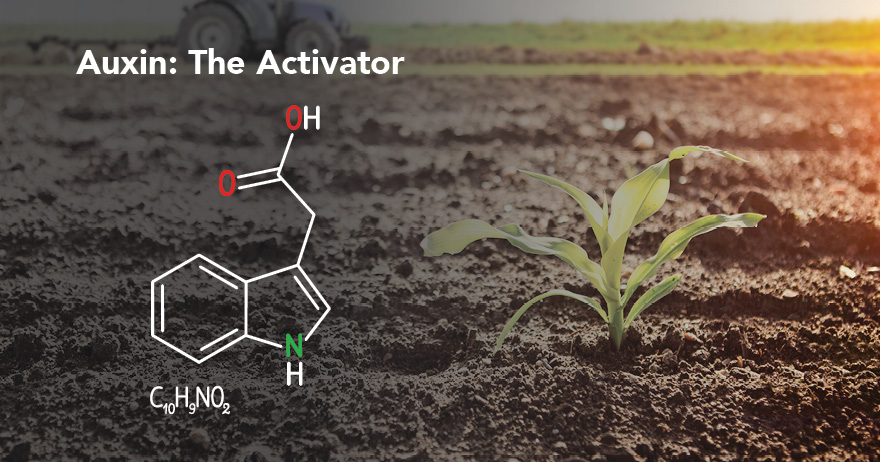Introduction to Plant Hormones: Auxin – The Activator
Continuing with our hormone feature, this week we highlight the activator hormone Auxin. One of the macro-growth hormones, Auxin, works with cytokinin and gibberellic acid as the foundational building blocks of new cells. Understanding and controlling the production of these hormones, is essential to the plant reaching its full genetic potential.
Auxin is the hormone that activates and directs new cell division and food movement in a plant:
- Auxin is primarily produced in new apical meristem tissue in the leaves. Auxin concentration in leaf tissue can be 1000 times higher than in root tips.
- Auxin is responsible for cell division leading to active growth of the plant. If levels are insufficient, cell division will cease, growth will stop, and flowers or fruit will abort (drop), leading to a lack of
bud formation. - Auxin also directs the movement of photosynthates (food, sugar) throughout the plant. As the plant grows more vigorously and more auxin is produced in the leaves, the movement down to
the roots increases. This directs more food from the roots to the upper part of the plant. - As the amount of auxin in the upper part of the plant increases and moves downward, it causes bud dormancy in both vegetative and reproductive buds.
- As the plant reaches its most rapid and vigorous vegetative growth stage, the high amount of auxin transported down to the roots tends to inhibit cell division in the roots. This resulting loss in
root vigor causes the plant to begin senescence (cell death). - After a plant begins senescence, auxin levels build in the fruiting buds and fruiting areas of the plant. This triggers an increase in the amount of ethylene and ABA in the fruit, grain, and storage
cell tissues, which initiates ripening.
Check back next week for our feature on the third macro-growth hormone, Gibberellic Acid.
Contact your Stoller sales representative for more information.

